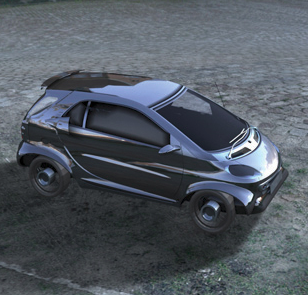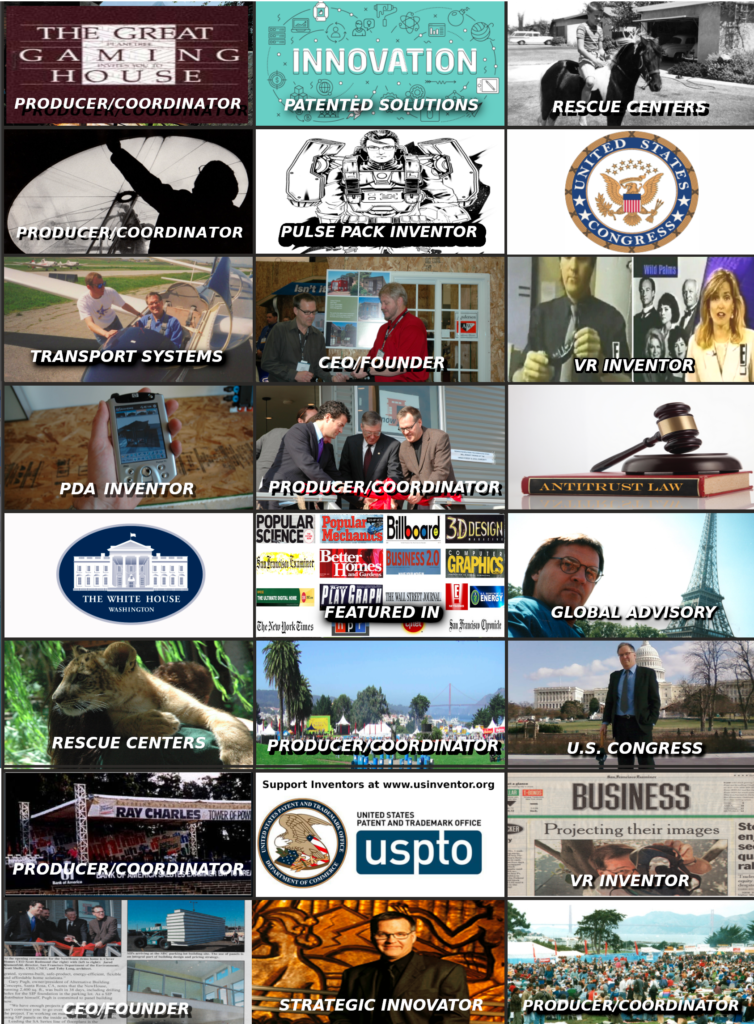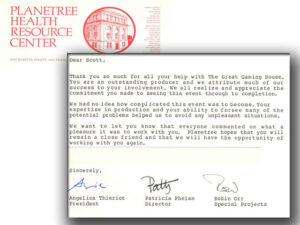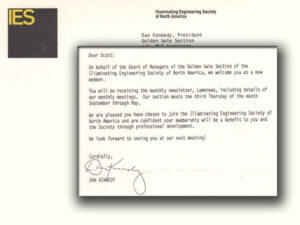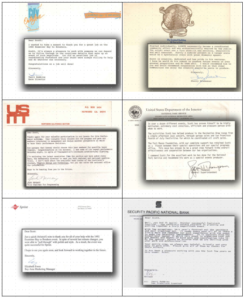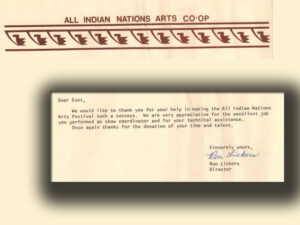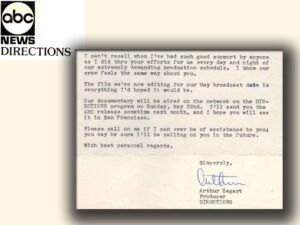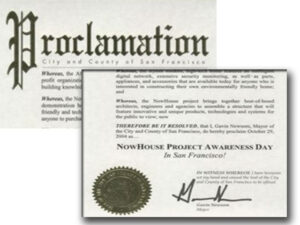Nobody is buying electric battery cars because you can’t charge them hardly anywhere, they break the utility company grids in every region, they cost too much and they don’t work in the winter. If you had a car that worked on powder, that you could charge anywhere, with water; then you would have it all: We built that!
ABOUT THE TECHNOLOGY:
Our Fuel Cartridge Helps Make Vehicle Energy Portable
The United States Patent Office says we were the first to design, invent, build and deploy it. The United States Government gave us a grant to build it… and here it is:
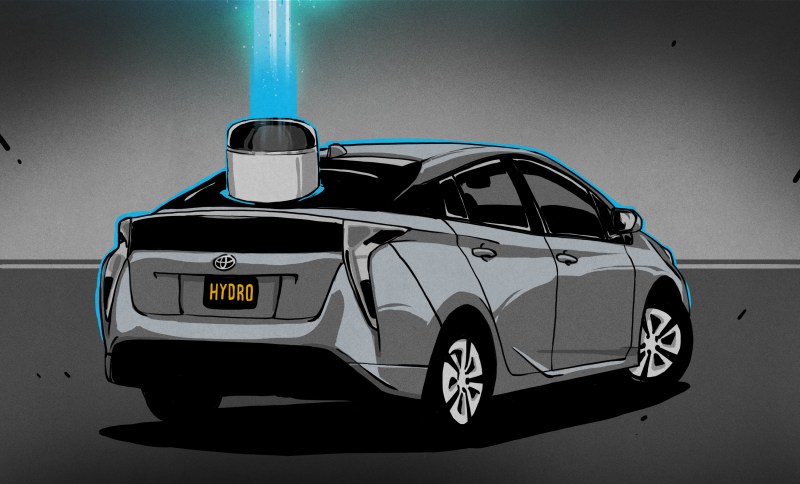
Hydrogen has long been touted as the solution to cleaning up road transport. When used in fuel cells, the only emissions from its use are water, and it eliminates the slow recharging problem of battery-electric vehicles. It’s also been put forth as a replacement for everything from natural gas supplies to laptop batteries.
Toyota has been pushing hard for hydrogen technology, and has worked to develop vehicles and infrastructure to this end. The company’s latest efforts involve a toteable hydrogen cartridge – letting you take hydrogen power on the go!
Solving Storage and Shipment Issues

For all its benefits, hydrogen is a bit of a tricky thing to deal with. Molecules of H2 are so small that they tend to leak out of most containers, finding a way to slip between other molecules. This can cause problems, such as leaks, or hydrogen embrittlement in metal components. Thus materials must be selected carefully to store hydrogen safely. It’s commonly stored as a compressed gas or liquid, or within solids in special metallic forms.
The dimensions of Toyota’s attractive round canisters are quite compact- 400 mm long and 180 mm in diameter. Footnotes from Toyota indicate they rely on a “high-pressure hydrogen tank,” suggesting storage in gaseous form. The target weight for the canisters is 5 kg. Thus, the canisters can readily be manipulated and carried by a single person, serving as a lightweight store of energy. They come in much lighter than a typical tank of propane (~30 kg) or a full jerry can of gasoline (~25 kg).
Toyota discusses the canister’s power output with a curious metric. One cartridge should generate “enough electricity to operate a typical household microwave for approximately 3-4 hours.” Given microwaves are typically operated in minutes at a time, one suspects the TV dinners at Toyota HQ may be more than a little frazzled. Regardless, the press release notes that this is derived from a typical capacity of 3.3 kWh when the canister is used with a “typical FC [fuel cell] system.”
While it’s not a lot of power, the total capacity works out to roughly 660 Wh/kg. Even given the fancy plastic casing, it’s still better than lithium-ion batteries, which come in around 260 Wh/kg at best.
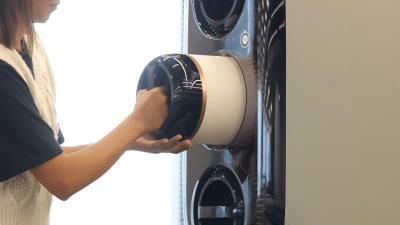
Even better is if the machine sucks them in automatically like those magic Macintosh disk drives of the 1980s. Credit: Toyota, Woven City
At such a low total capacity, it’s hard to envisage these canisters being used for transport applications. Most electric cars have batteries exceeding 70 kWh in capacity; it would take over 18 such canisters to provide the same amount of power. 3.3 kWh might run your electric scooter for a decent long ride, but you’d need to have a fuel cell and a 5 kg canister hanging off it, somehow.
Instead, it appears Toyota sees the canisters as a way to deliver clean electrical power in a more weight-efficient format than using batteries. The canisters will be tested in Toyota’s Woven City, a future-looking “smart city” in Japan that hopes to trial new technologies. There, they will be used to run a “broad range of daily life applications in and outside of the home.” Potential applications could be running hot plates at an outdoor picnic, or providing lighting for a campground without the noise of a combustion-engine generator.
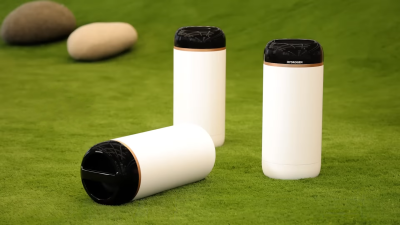
The general idea is that the canisters are an easy way to deliver hydrogen energy in a portable format. Unlike liquid fuels, hydrogen can’t easily be poured from one tank to another. Instead, charging up a bunch of canisters makes it easy to move hydrogen around to where it’s needed.
Toyota has big hopes for hydrogen as a fuel of the future. It’s invested big in hydrogen cars, and still lags behind its competitors when it comes to battery-electric vehicles. With these hydrogen canisters, Toyota “envisions hydrogen evolving into a familiar, broadly-used form of energy.”
It’s hard to see Toyota’s vision from the present day. EVs are getting better than ever, and hydrogen production typically involves more fossil fuels than you might expect. However, the technology is developing rapidly, from Toyota’s portable canisters to hydrogen pastes and advanced aluminium fuel pucks. Whether any of these can stop a broader push towards pure electrification remains to be seen.
COUNTERING THE ANTI-HYDROGEN TROLLS AND SHILLS 1.2
Your car can run off of Seawater split to produce green hydrogen but Elon Musk and his investors hate it because it competes with their child labor-produced batteries
Researchers have successfully split seawater without pre-treatment to produce green hydrogen.
The international team was led by the University of Adelaide’s Professor Shizhang Qiao and Associate Professor Yao Zheng from the School of Chemical Engineering.
“We have split natural seawater into oxygen and hydrogen with nearly 100 per cent efficiency, to produce green hydrogen by electrolysis, using a non-precious and cheap catalyst in a commercial electrolyser,” said Professor Qiao.
A typical non-precious catalyst is cobalt oxide with chromium oxide on its surface.
“We used seawater as a feedstock without the need for any pre-treatment processes like reverse osmosis desolation, purification, or alkalisation,” said Associate Professor Zheng.
“The performance of a commercial electrolyser with our catalysts running in seawater is close to the performance of platinum/iridium catalysts running in a feedstock of highly purified deionised water.
Our work provides a solution to directly utilise seawater without pre-treatment systems and alkali addition, which shows similar performance as that of existing metal-based mature pure water electrolyser, said The University of Adelaide’s Associate Professor Yao Zheng, researcher in the School of Chemical Engineering. The process is 99% efficient and beats every other vehicle fuel option for: Safety, national security, green and clean, free access and other metrics.
The team published their research in the journal Nature Energy.
“Current electrolysers are operated with highly purified water electrolyte. Increased demand for hydrogen to partially or totally replace energy generated by fossil fuels will significantly increase scarcity of increasingly limited freshwater resources,” said Associate Professor Zheng.
Seawater is an almost infinite resource and is considered a natural feedstock electrolyte. This is more practical for regions with long coastlines and abundant sunlight. However, it isn’t practical for regions where seawater is scarce.
Seawater electrolysis is still in early development compared with pure water electrolysis because of electrode side reactions, and corrosion arising from the complexities of using seawater.
“It is always necessary to treat impure water to a level of water purity for conventional electrolysers including desalination and deionisation, which increases the operation and maintenance cost of the processes,” said Associate Professor Zheng.
“Our work provides a solution to directly utilise seawater without pre-treatment systems and alkali addition, which shows similar performance as that of existing metal-based mature pure water electrolyser.”
The team will work on scaling up the system by using a larger electrolyser so that it can be used in commercial processes such as hydrogen generation for fuel cells and ammonia synthesis.
READ MORE: http://live-large.org/energy-solutions/

